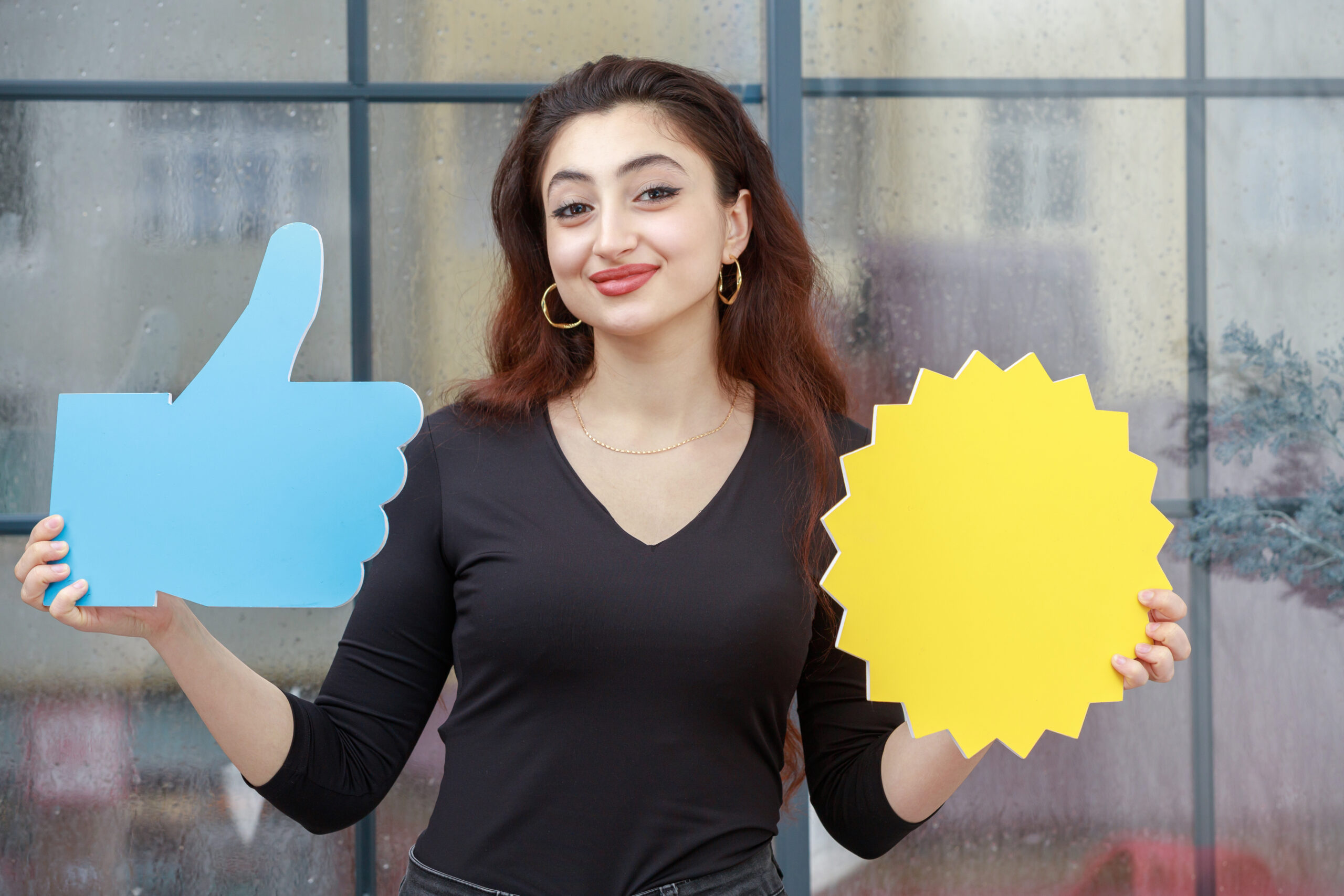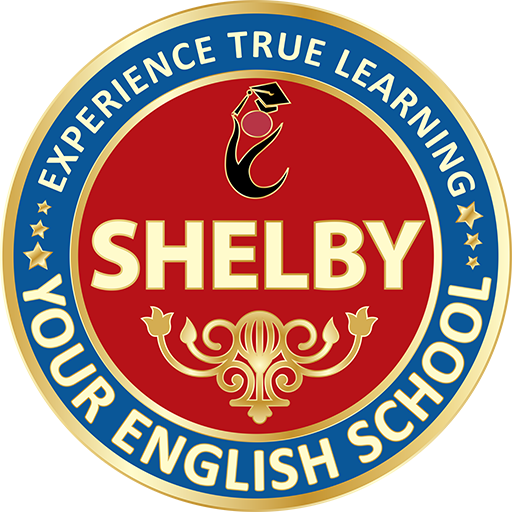
- Home
- 10 Common Compliments and Responses You Need in English
- Priya
- 0 Comments
- January 18, 2025

10 Common Compliments and Responses You Need in English
Compliments are an integral part of communication and can help build positive relationships in personal and professional settings. Equally important is knowing how to respond to compliments graciously. Understanding common compliments and their appropriate responses can boost your confidence and make interactions more meaningful. This blog explores 10 widely used compliments in English and provides examples of how to respond effectively.
Compliments on Appearance
“You look great today!”
This is a simple yet effective compliment often used to brighten someone’s day. It’s a versatile phrase that can be used in casual or professional settings. Response Example: “Thank you so much! That means a lot.” Acknowledging the compliment with gratitude shows appreciation. You can also return the compliment if appropriate, such as, “Thank you! You look wonderful as well.”
“I love your outfit.”
Commenting on someone’s clothing is a common way to compliment their style and taste. It’s a great conversation starter in casual environments. Response Example: “Thanks! I’m glad you like it. I just got it recently.” This response not only shows appreciation but also invites further conversation about the outfit’s origin or style.
“Your smile is beautiful.”
Complimenting someone’s smile is a personal and warm gesture that can make them feel good about themselves. Response Example: “Thank you! That’s so kind of you to say.” Keeping your response simple and gracious works best for compliments about physical features.
Compliments on Skills and Talents
“You’re so talented at this.”
This compliment is commonly used when someone excels at a particular skill, whether it’s art, music, or any other talent. Response Example: “Thanks! I’ve been practicing a lot, so it’s nice to hear that.” This response acknowledges the compliment and gives credit to the effort behind the skill.
“You did an amazing job.”
This phrase is often heard in workplaces or academic settings to recognize good performance. Response Example: “Thank you! I’m glad my efforts paid off.” Expressing gratitude and reflecting on your hard work creates a positive impression.
“You have a great voice.”
This compliment is typically given to someone who sings or speaks well. Response Example: “Thanks a lot! I really appreciate that.” Adding a short statement like, “I’ve been working on improving it,” can make your response more engaging.
Compliments on Personality
“You’re so kind.”
Being recognized for kindness is a heartwarming compliment that shows appreciation for your character. Response Example: “Thank you! That’s really nice to hear.” A simple acknowledgment is enough, but you can also mention how much you value kindness.
“You’re really funny.”
This is a common compliment for people who have a great sense of humor and make others laugh. Response Example: “Thanks! I’m glad you enjoy my jokes.” Acknowledging the compliment with a touch of humor can make the conversation even more enjoyable.
“You have a great attitude.”
This compliment is often used to recognize positivity and a cheerful demeanor. Response Example: “Thank you! I try to stay positive no matter what.” Adding a brief explanation about your mindset can make the response more personal.
Compliments on Achievements
“Congratulations on your success!”
This phrase is used to celebrate someone’s accomplishments, whether in their career, studies, or personal life. Response Example: “Thanks so much! It’s been a challenging journey, but I’m happy to have reached this point.” Acknowledging the compliment and sharing your feelings about the achievement makes the response authentic.
“I’m impressed by your dedication.”
This compliment highlights hard work and commitment. Response Example: “Thank you! I’ve always believed in staying committed to my goals.” Adding a bit about your values or work ethic creates a deeper connection.
“You’re an inspiration.”
Being called an inspiration is a profound compliment that often carries emotional weight. Response Example: “Wow, thank you! That truly means a lot to me.” A heartfelt response shows your gratitude and acknowledges the significance of the compliment.
Compliments in Professional Settings
“You’re a great team player.”
TThis compliment recognizes your ability to collaborate and contribute effectively in group settings. Response Example: “Thanks! I’m glad to be part of such a supportive team.” This response not only acknowledges the compliment but also highlights your appreciation for teamwork.
“Your presentation was excellent.”
Compliments on presentations or public speaking often focus on clarity, confidence, or organization. Response Example: “Thank you! I spent a lot of time preparing, so I’m glad it was effective.” Acknowledging the effort behind the achievement adds depth to your response.
“You have great leadership skills.”
This compliment is often given to individuals who demonstrate the ability to lead and inspire others. Response Example: “Thanks so much! I’m always striving to lead by example.” This response highlights your leadership philosophy and gratitude for the recognition.
Conclusion
Compliments and their responses are vital elements of communication that can foster positive interactions and strengthen relationships. By learning these common compliments and practicing appropriate responses, you can enhance your English conversational skills and build meaningful connections. Remember, a simple “Thank you” can go a long way in showing appreciation and confidence. Start incorporating these phrases into your conversations today, and enjoy the rewards of engaging and uplifting exchanges.

Leave a Comment